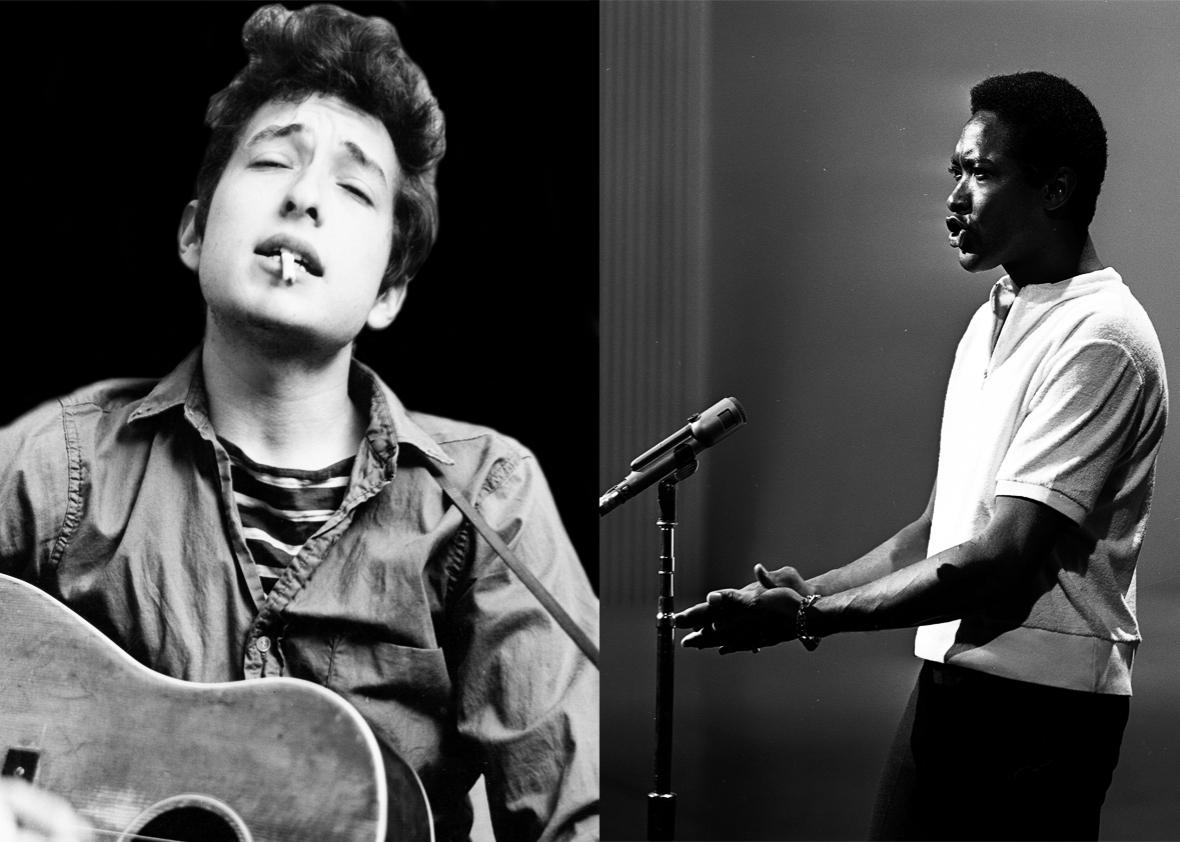In the first episode of our new Pop, Race, and the ’60s Slate Academy, Slate pop critic Jack Hamilton talks to Barry Shank, author of The Political Force of Musical Beauty, about two immensely famous protest songs. Where did Dylan get the melody for “Blowin’ in the Wind”? What makes “A Change Is Gonna Come” so beautiful? And why is Dylan perhaps the most written-about musician of his era while Cooke has been unjustly neglected?
The first episode of this Slate Academy is being made available as a preview of the series. Future episodes will be for Slate Plus members only. Join Slate Plus and, for a limited time, get 30 percent off the price of an annual membership.
Pop, Race, and the ’60s is made possible thanks to the generosity of the Virginia Foundation for the Humanities, home of the radio/podcast programs With Good Reason and BackStory.
